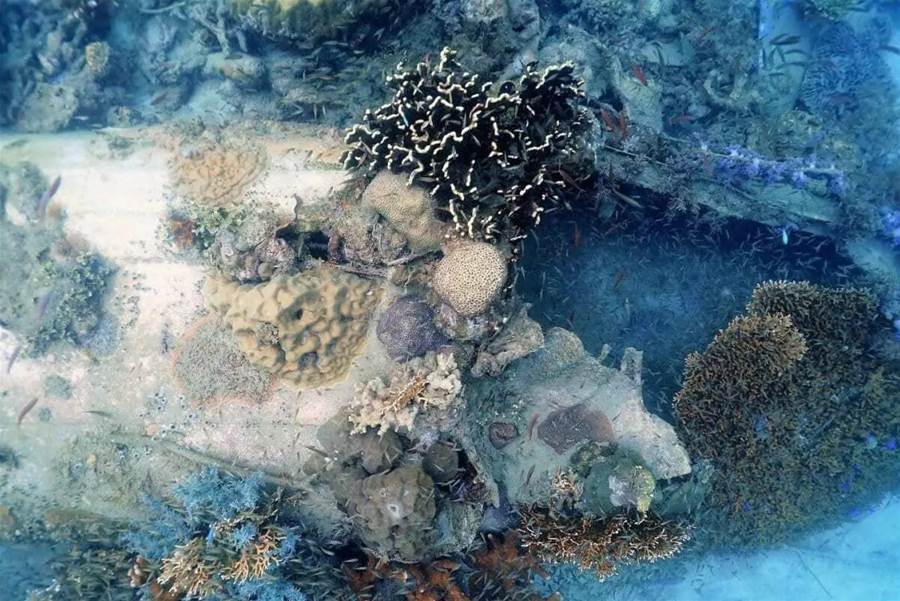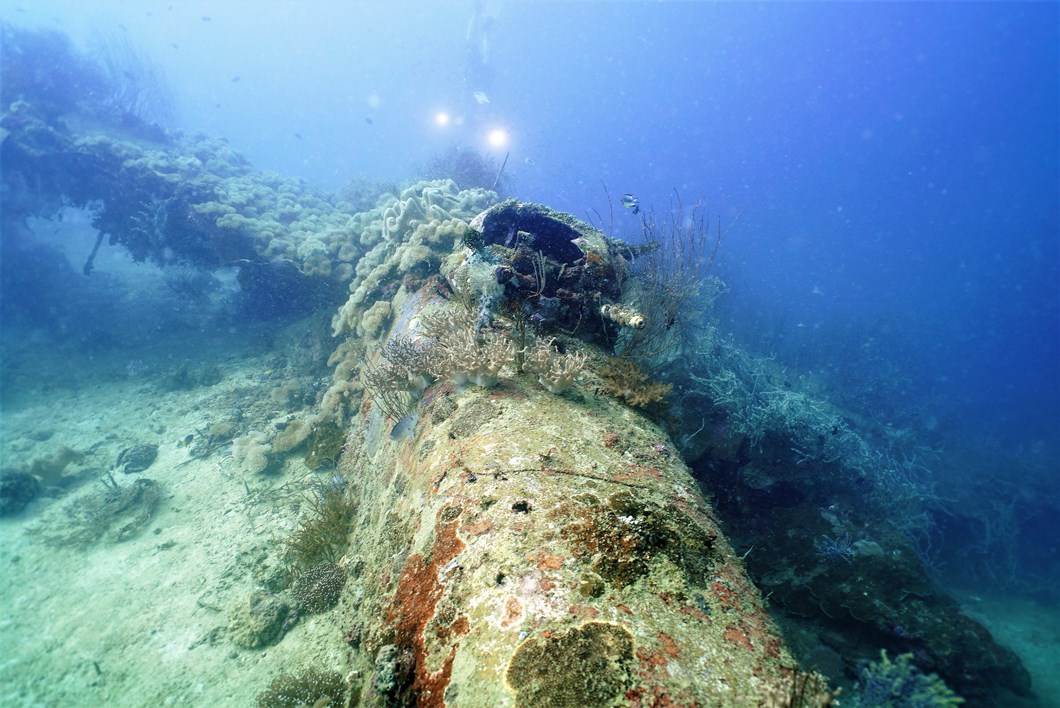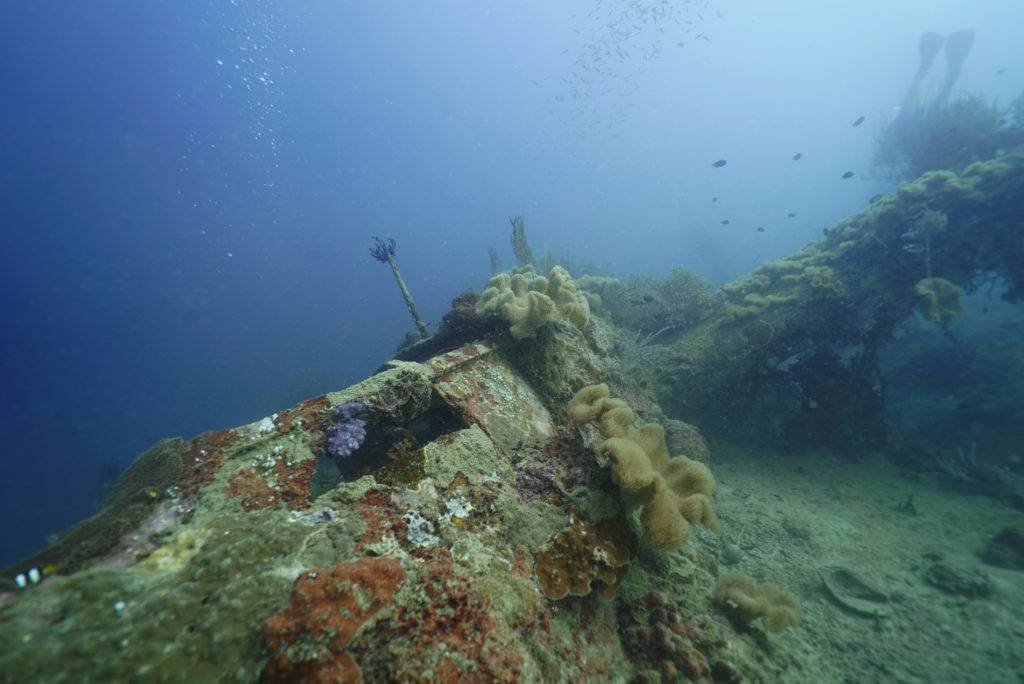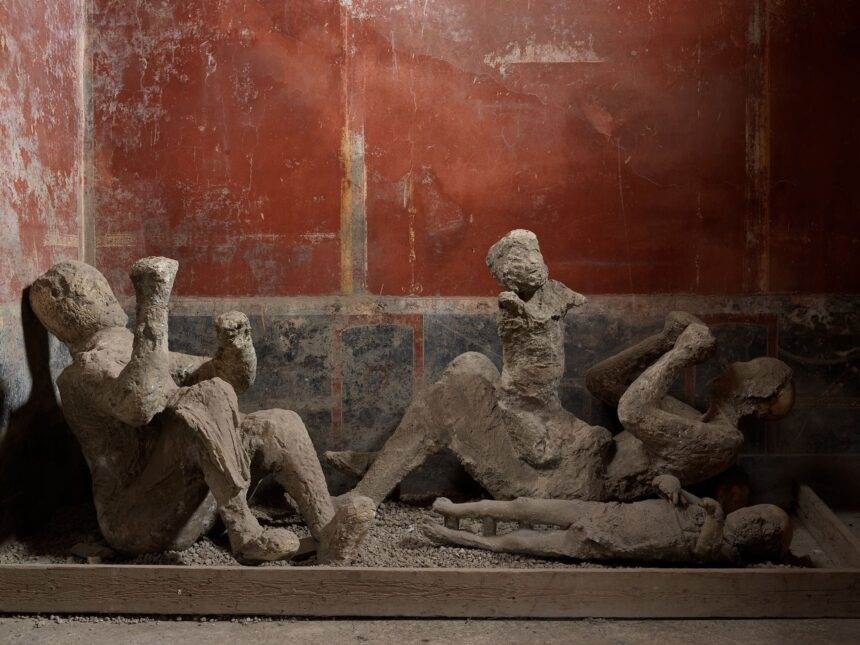
Imagine the thrill of stumbling upon a hidden piece of history after decades of searching.
This was the reality for a team of underwater explorers who recently unearthed two B-25 Mitchell bombers off the coast of Papua New Guinea. These World War II aircraft, lost since 1943, have remained a poignant symbol of the fierce battles fought in the Pacific Theater. The discovery not only offers a glimpse into the past but also adds a new chapter to the ongoing saga of WWII aviation history.

The B-25 Mitchell bombers, famed for their role in the Doolittle Raid over Tokyo in 1942, were essential to the Allied forces' strategic efforts. The aircraft in question were part of a larger group that went missing during a combat mission. Their location had long been a mystery, until a recent expedition led by maritime archaeologists and WWII historians managed to locate the wrecks.
The mission began with a combination of historical research and modern technology. Utilizing sonar imaging and underwater drones, the team was able to pinpoint the exact location of the missing bombers.
This technology has revolutionized underwater exploration, allowing researchers to uncover and document wrecks with unprecedented precision.

The B-25 bombers found near Papua New Guinea are more than just relics of war; they are time capsules that offer invaluable insights into the experiences of the men who flew them. Each aircraft carries the marks of its final flight and the stories of its crew members.
The rediscovery of these planes provides a tangible connection to the past, shedding light on the hardships and heroism of WWII.
Historical records suggest that the bombers were involved in the fierce battles for control of the Pacific islands, where Allied forces faced relentless Japanese resistance. The recovery of these aircraft helps historians piece together the events of that era, offering a more comprehensive understanding of the strategies and conditions faced by combatants.

The successful recovery of the B-25s was not without its challenges. The expedition required meticulous planning and coordination, with teams of divers working in challenging underwater conditions. The harsh environment of the Pacific Ocean, combined with the delicate nature of underwater archaeology, made the mission both risky and rewarding.
The team behind the discovery was a mix of seasoned explorers, historians, and local experts.
Their collaborative efforts were crucial in overcoming obstacles and ensuring that the wrecks were preserved for future study. This blend of technology and expertise highlights the importance of interdisciplinary approaches in uncovering historical artifacts.
The rediscovered B-25 bombers will now be subject to further study and conservation efforts. The goal is to preserve these historical artifacts for future generations and to learn as much as possible from them.
Plans are underway to create a dedicated exhibit showcasing the findings, which will provide the public with a unique opportunity to engage with WWII history in an immersive way.

Additionally, the discovery opens up new possibilities for further exploration in the region. Papua New Guinea, known for its rich WWII history, could reveal even more forgotten pieces of the past. Future expeditions may uncover additional wrecks or artifacts, offering a deeper understanding of the war's impact on the Pacific.
The rediscovery of the B-25 bombers in Papua New Guinea is a powerful reminder of the enduring legacy of World War II. These aircraft, once lost to the depths of the ocean, have been brought back to the surface, offering a new perspective on a pivotal chapter in history. As we reflect on the past and honor the memories of those who served, this discovery reinforces the importance of preserving our historical heritage.
For those interested in exploring the depths of WWII history, the story of these B-25 bombers is a compelling testament to the bravery and sacrifice of the men who flew them.
The ongoing efforts to study and conserve these aircraft will ensure that their legacy continues to inspire and educate for years to come.



















